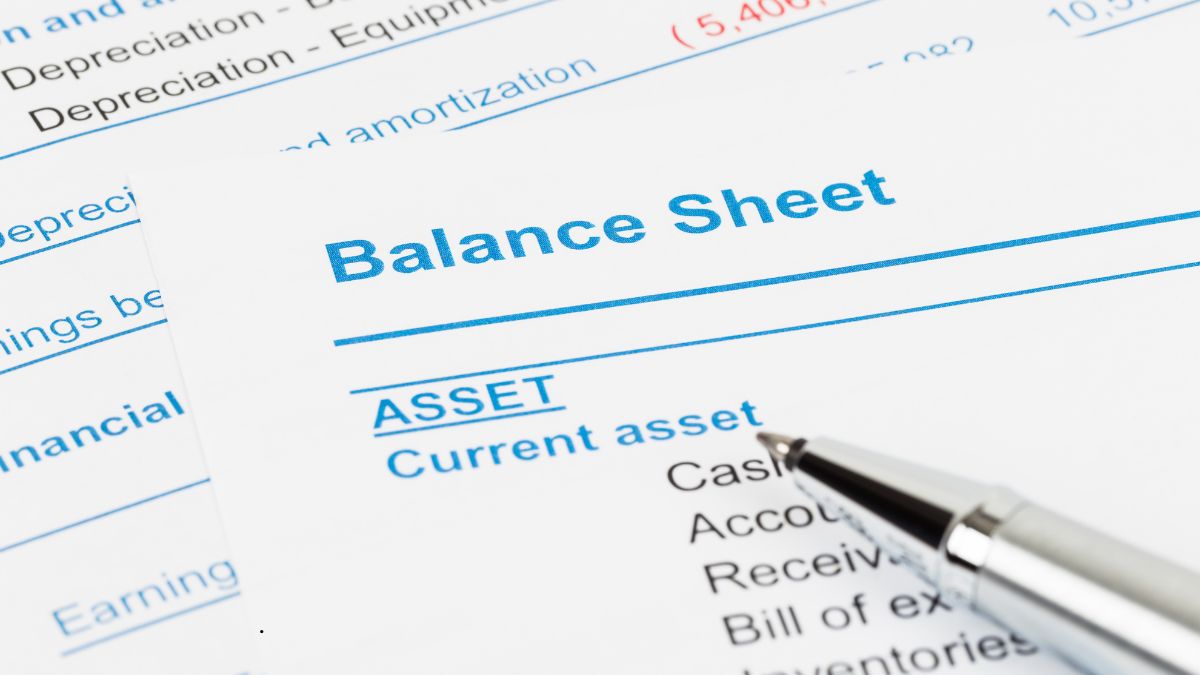If you’ve ever wanted to understand how strong a company is before investing, learning to read a balance sheet is a great place to start. For Indian retail investors, it’s one of the most important tools to judge a company’s financial health.
In this article, let’s break down the key sections of a company’s balance sheet in simple, easy-to-follow terms—using examples from Indian companies listed on NSE and BSE.
What is a balance sheet?
A balance sheet is a financial statement that shows what a company owns (assets), what it owes (liabilities), and what’s left for shareholders (equity) on a specific date.
Formula:
Assets = Liabilities + Shareholder’s Equity
This formula always stays in balance. That’s why it’s called a balance sheet.
3 key parts of a balance sheet (with Indian examples)
-
Assets (What the company owns)
This includes everything the company controls that has value.
-
Current Assets: Short-term assets like cash, bank balances, inventory, and trade receivables (Example: Dabur’s inventory and cash reserves)
-
Non-Current Assets: Long-term assets like land, buildings, factories, machinery, or investments (Example: Tata Steel’s plants and machinery)
-
Liabilities (What the company owes)
These are the company’s financial obligations.
-
Current Liabilities: Payments due within a year (Example: Creditors, short-term borrowings – think of Reliance Retail’s trade payables)
-
Non-Current Liabilities: Long-term loans or debt (Example: Hindalco’s long-term debt from banks)
-
Shareholder’s Equity (What belongs to shareholders)
This is the net worth of the company.
-
Share Capital: The money raised from shareholders (Example: Infosys’ equity capital)
-
Reserves and Surplus: Retained earnings and other reserves (Example: Asian Paints’ general reserves and profits over the years)
Key ratios you can derive from the balance sheet
-
Debt-to-Equity Ratio: Measures financial risk. Example: Debt-heavy companies like Vodafone Idea vs debt-free companies like Hindustan Unilever.
-
Current Ratio: Shows short-term liquidity (Current Assets / Current Liabilities).
-
Return on Equity (ROE): Shows how efficiently the company is using shareholder’s money.
Why should Indian investors check the balance sheet?
-
To avoid companies with excessive debt
-
To spot liquidity risks
-
To identify growth in retained earnings over years
-
To compare companies within the same sector
Final takeaway
For any Indian investor, glancing at the balance sheet before investing is like checking the health report before buying a used car. You don’t need to be a CA to read it—just knowing the basics can help you avoid big mistakes.
Next time you research a stock, open the company’s annual report, go to the balance sheet section, and start reading with this article as your cheat sheet!


